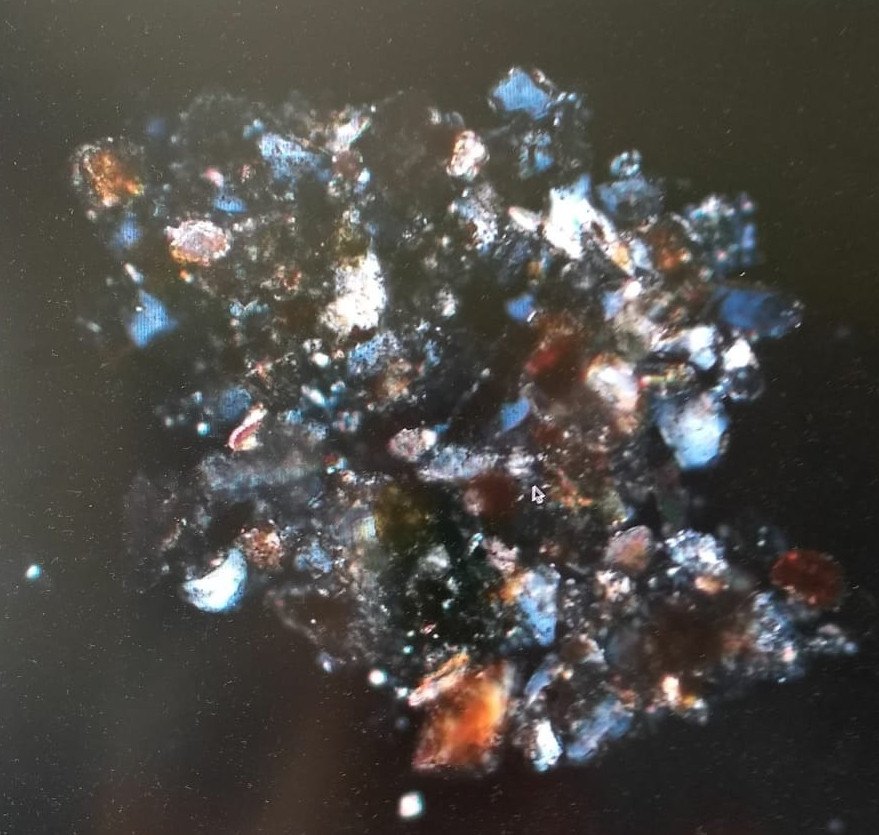Since the famous oceanographer John Martin stated "give me half a tanker of iron and I will give you an ice age", a lot of attention has been paid to the potential fertilising role of mineral dust. The idea is that the metals and nutrients (e.g., Fe, P, N, Si) that are incorporated in and attached to dust particles may stimulate plankton to grow. During photosynthesis of plankton atmospheric CO2 is used and stored in the organic tissue of the plankton. Thus, there could be a relationship between dust, CO2 and global climate.
There are a number of issues with this hypothesis and one of them deals with the transport of the freshly produced organic matter towards the deep ocean. On its way down, this material is "eaten" by both bacteria and larger plankton, which leads to a release of the CO2 back into the atmosphere. In other words, the organic matter needs to be removed from the surface ocean fast enough in order to have a real effect.
One way to do this is through marine snow; aggregates of organic material that sticks together and -quite literally- forms flakes of material. This material is relatively dense and heavy and settles down much faster than individual particles would. In addition, the even denser and heavier dust particles may add to the fast settling when they are incorporated in the marine snowflakes. This process is called: "ballasting".
In their new paper, which was just published in the journal Limnology and Oceanography, a team of mostly Bremen-based scientists show how dust particles in marine snow can cause a 10-fold increase in the export of organic matter from the surface ocean.

Saharan dust particles "glued together" in marine snow. Total width of snow particle: 800µm.
Image credits: Helga van der Jagt, AWI / MARUM, Germany
Publication details: Helga van der Jagt, Carmen Friese, Jan-Berend W. Stuut, Gerhard Fischer & Morten H. Iversen (2018). The ballasting effect of Saharan dust deposition on aggregate dynamics and carbon export: Aggregation, settling, and scavenging potential of marine snow. Limnology and Oceanography 63, 1386-1394, doi:10.1002/lno.10779 .